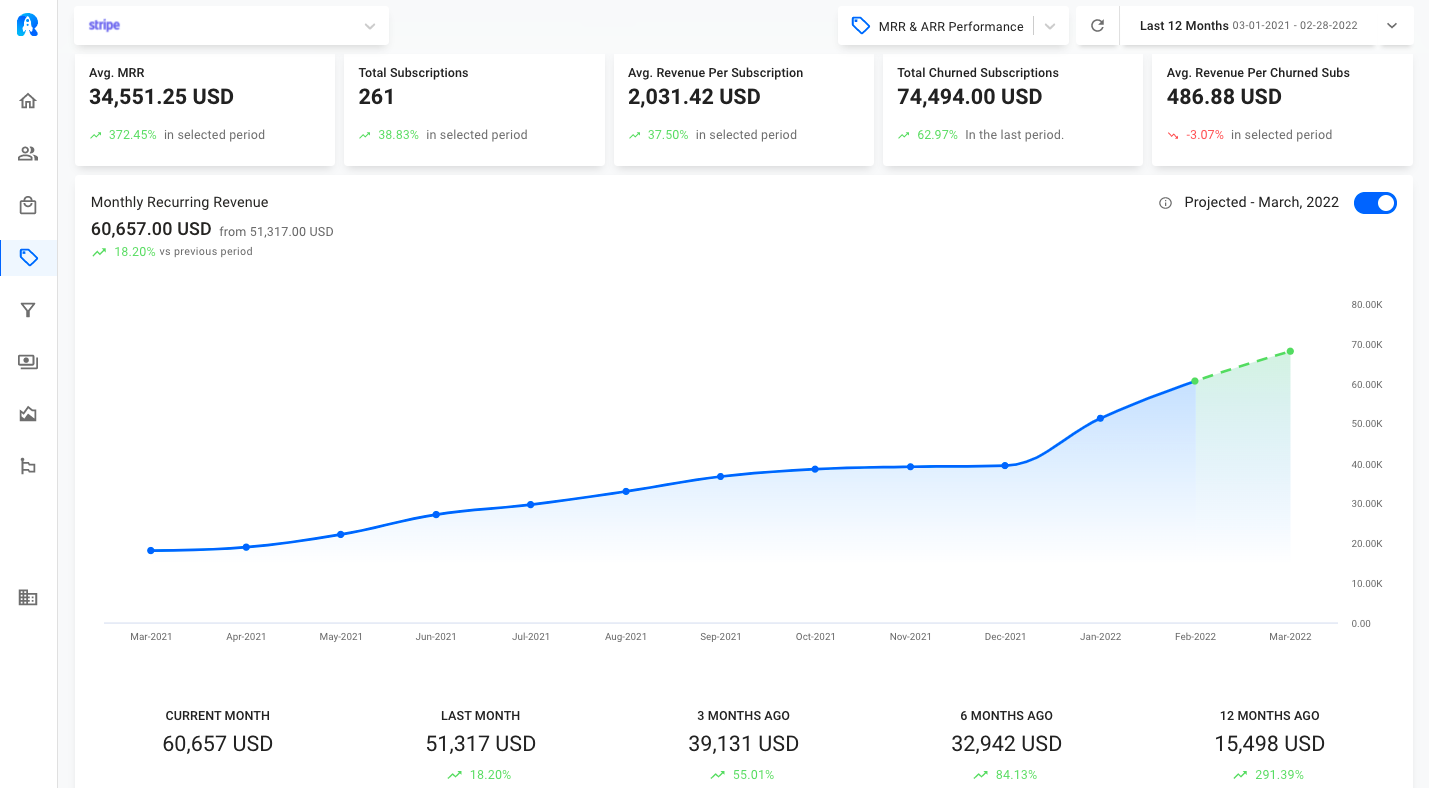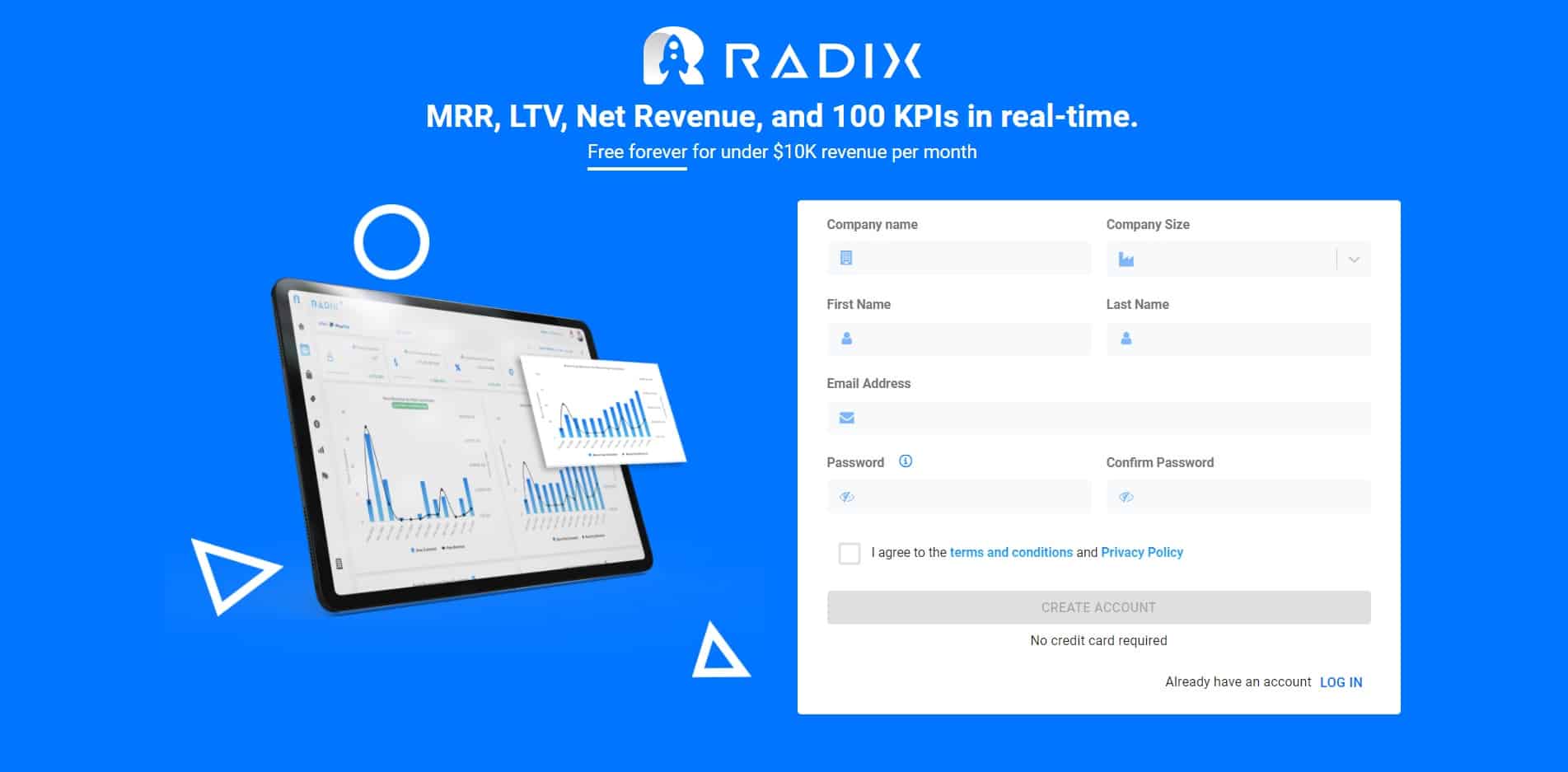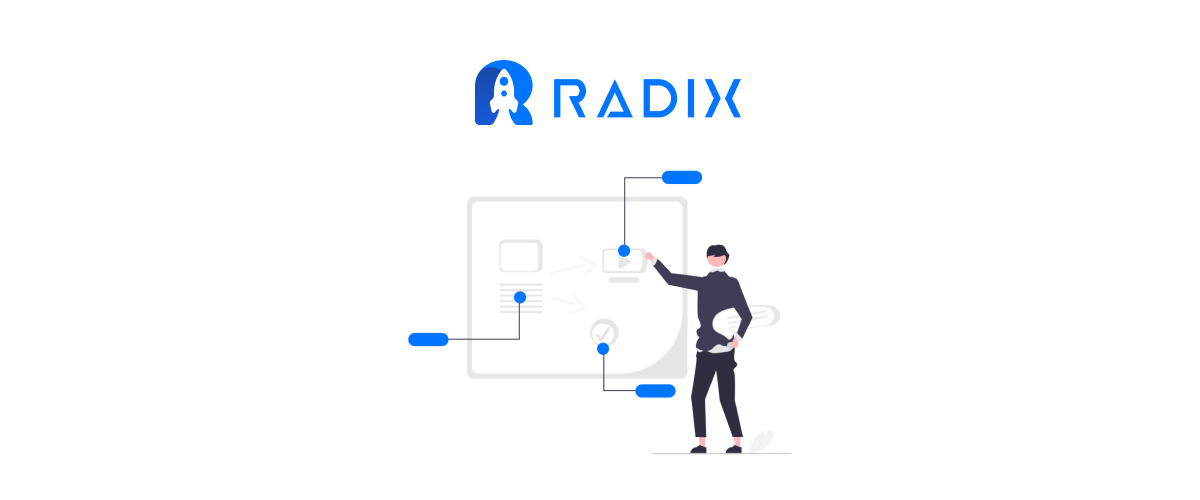SaaS User Training provides a link between simple signups and genuine product usage.
People are unlikely to discover value in a software product if they are left to figure things out on their own. Many of them will abandon the SaaS product as soon as they encounter friction or believe it is too difficult for them. But good user onboarding may help you prevent all of that, and that’s exactly what we’ll be talking about in this post.
What is SaaS User Training?
The process of getting users up to speed with tools and processes so they can work better and quicker is known as SaaS User Training.
It appears to be more widespread among SaaS products, but companies also utilize it as part of their recruit onboarding process. The former entails teaching personnel about the company’s operations and the software it employs to complete tasks.
However, in the case of SaaS, this training process is merely about familiarizing users with the product. In this situation, the ultimate aim is to increase product and feature engagement.
Why is SaaS User Training Important?
Product training may be time-consuming, so you may be inclined to skip it if you don’t realize how important it is. The following are some of the reasons why SaaS companies should consider training their end-users:
- It enables users to receive assistance more quickly, which enhances customer satisfaction.
- It increases product engagement and shortens the time to value. By teaching your customers, you make it simple for them to see the true value of your product. As a result, they are more likely to commit time and money to use your product to suit their needs. Customers no longer have to waste time figuring out your SaaS solution, which reduces time to value.
- It improves customer churn. Users that are in the early stages of their journey churn due to friction and perceived complexity. You will not lose these kinds of users if you properly onboard and train them.
Types of SaaS User Techniques
There are several techniques to train end-users, and if you use your imagination, you’ll undoubtedly come up with many of them.
However, we have categorized these approaches into 3 groups:
- Simple tutorials to provide a self-service learning experience.
- A product training program within the app.
- Sessions with the customer success team through webinars.
Simple tutorials to provide a self-service learning experience
This is the ideal approach to provide on-demand assistance within the app. It’s a great investment because it’s always available to users when they need it.
In this case, a resource center is ideal since it may contain:
- Video tutorials in the app,
- Access to textual learning materials (guides, manuals, business systems, and so on),
- triggers for in-app guidance,
- And a way to contact support.
A product training program within the app
From the time a user registers up for your SaaS platform, this refers to in-app assistance. Tooltips, modals, interactive walkthroughs, and checklists can all be used to provide the sessions, which are triggered according to how the user interacts with the product.
You could be confused about how to give in-app training for your SaaS. Here are some pointers:
1. Begin by formulating a strategy.
Don’t be put off by the word “strategy.” It simply implies that your training should have a clear objective and a plan.
Answer questions like:
“What do I want to present to the end-users?”
“Which in-app tool will be most useful for what I’m attempting to accomplish?”
“Which user segments will work to all end-users?”
“In which user stage should I put XYZ?”
2.Choose the best onboarding tool for your business.
3. Measure your level of success.
Direct feedback is excellent for determining how well the training experience went. However, you will not always have access to this, so keep track of product usage data and use it to measure your progress. Growth in product usage indicates that end-users find your product simple to use.
Sessions with the customer success team through webinars
For best outcomes, in-app training is frequently combined with customer success onboarding sessions.
This can include webinars, one-on-one conversations, or other forms of tools aimed only at providing end-users with a more in-depth grasp of the product.
Virtual training with someone from the CS team helps to clear things out for people, so it’s something you should think about.
SaaS User Training Best Practices for Driving Customer Success
-
Personalize the user learning experience to meet the needs of each customer
Understand that your customers are unique and have unique demands, thus boring product tours will not work. Instead, segment people and offer customized training based on their needs.
In other words, design the learning experience such that people only see what is important to them.
-
On request, provide in-app help for user support
As previously stated, self-service learning experiences are a sort of product training.
Naturally, some SaaS providers will not provide this. Even if this isn’t your major training channel, you should think about making useful information available to end-users. This will lighten the pressure on your support crew while also increasing user happiness.
As you go about this, it also helps to clean your UI. Too much clutter may be confusing and even irritate customers.
-
Use A/B testing to combine different types of end-user training based on end-user demands
Unless you test, you won’t know what training to implement. Short video lessons may appeal to certain viewers, while interactive walkthroughs may appeal to others.
So, experiment with different kinds of training and use A/B testing to evaluate which ones resonate most and produce the best outcomes in terms of adoption.
-
Get feedback
The purpose of the feedback is to identify friction spots and areas where customers still require further assistance.
What’s the best approach to get feedback?
Do it within the app. Sending feedback forms just after someone completes their training boosts response rates and ensures that you get accurate input because the experience is still fresh in their minds.
Conclusion
SaaS user training helps employees and customers in becoming familiar with the many elements of the system so that they may maximize its utilization. This training is a no-brainer for SaaS products because it is the easiest approach to demonstrate value and increase product adoption.
SaaS user training comes in a variety of forms, including:
- Product training in-app.
- Online training sessions in real-time.
- A self-service customer learning experience with easy recommendations and tutorials.
Instead of doing everything online for employee onboarding, physical businesses might integrate face-to-face training as part of their plan. This can create a deeper experience and strengthen bonds with coworkers.
Remember:
You can track & analyze your revenue data with Radix. Our platform is the best complement to perfect your user training plan because it allows you to make decisions based on historical data from your SaaS. Likewise, you can forecast the most relevant metrics to improve the performance of your business

(Not Credit Card Required)

Read More:
How to Win Back Your Lost Trial Leads
Best Practices to Improve SaaS Onboarding
Trial User Onboarding Methods in SaaS
8 Strategies to Increase your Free Trial Conversion Rate
How to Effectively Convert Free Trial Users into Paying Customers in SaaS?





